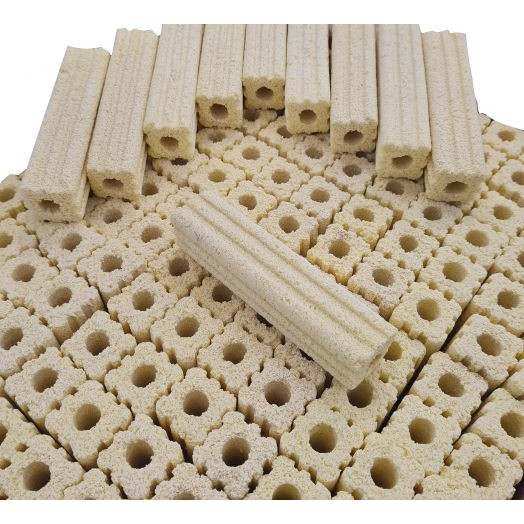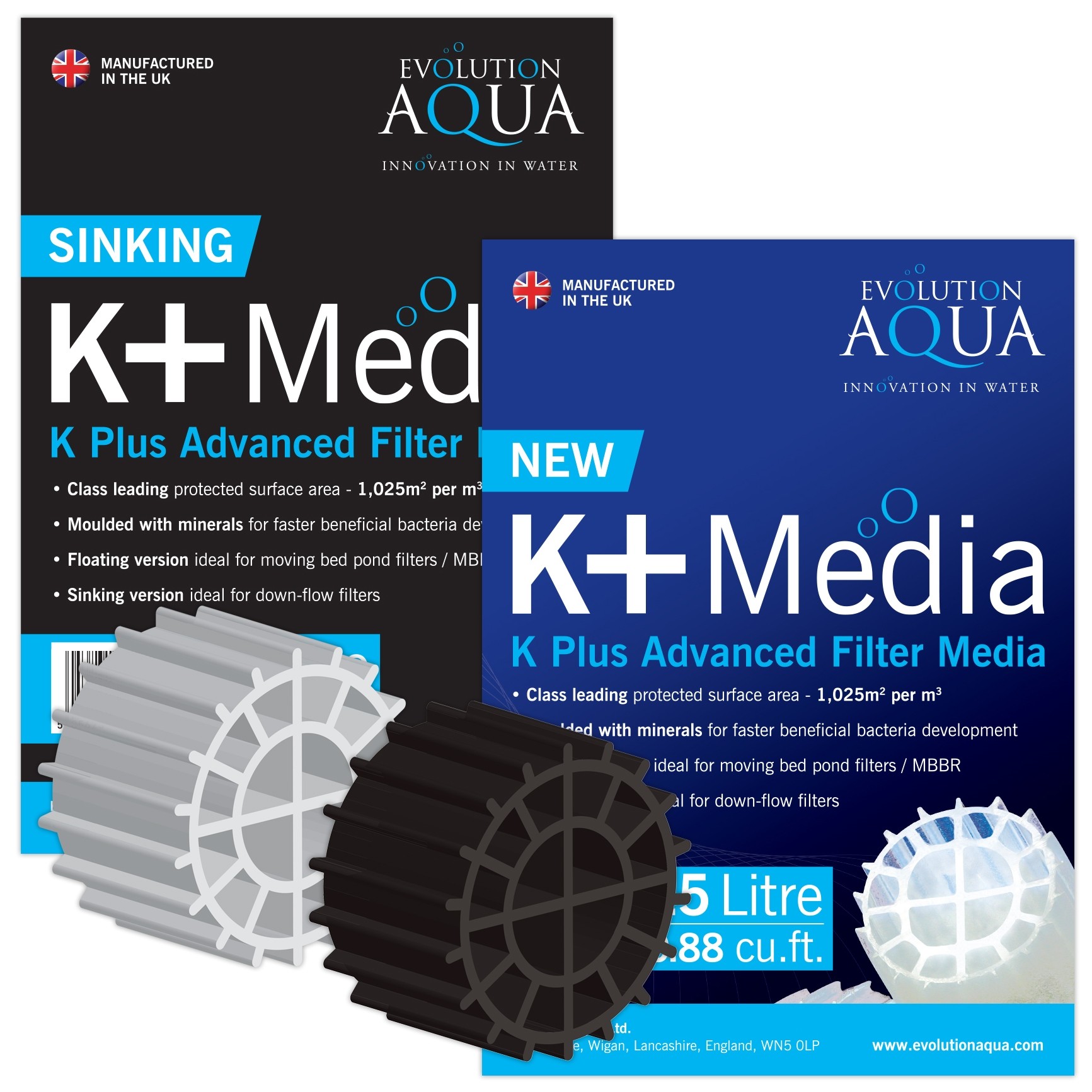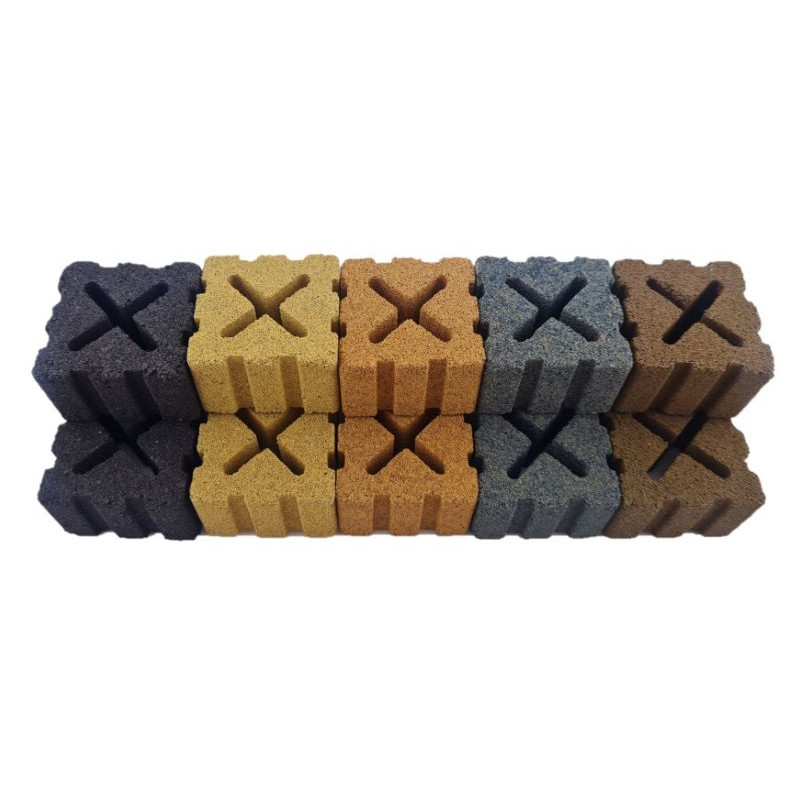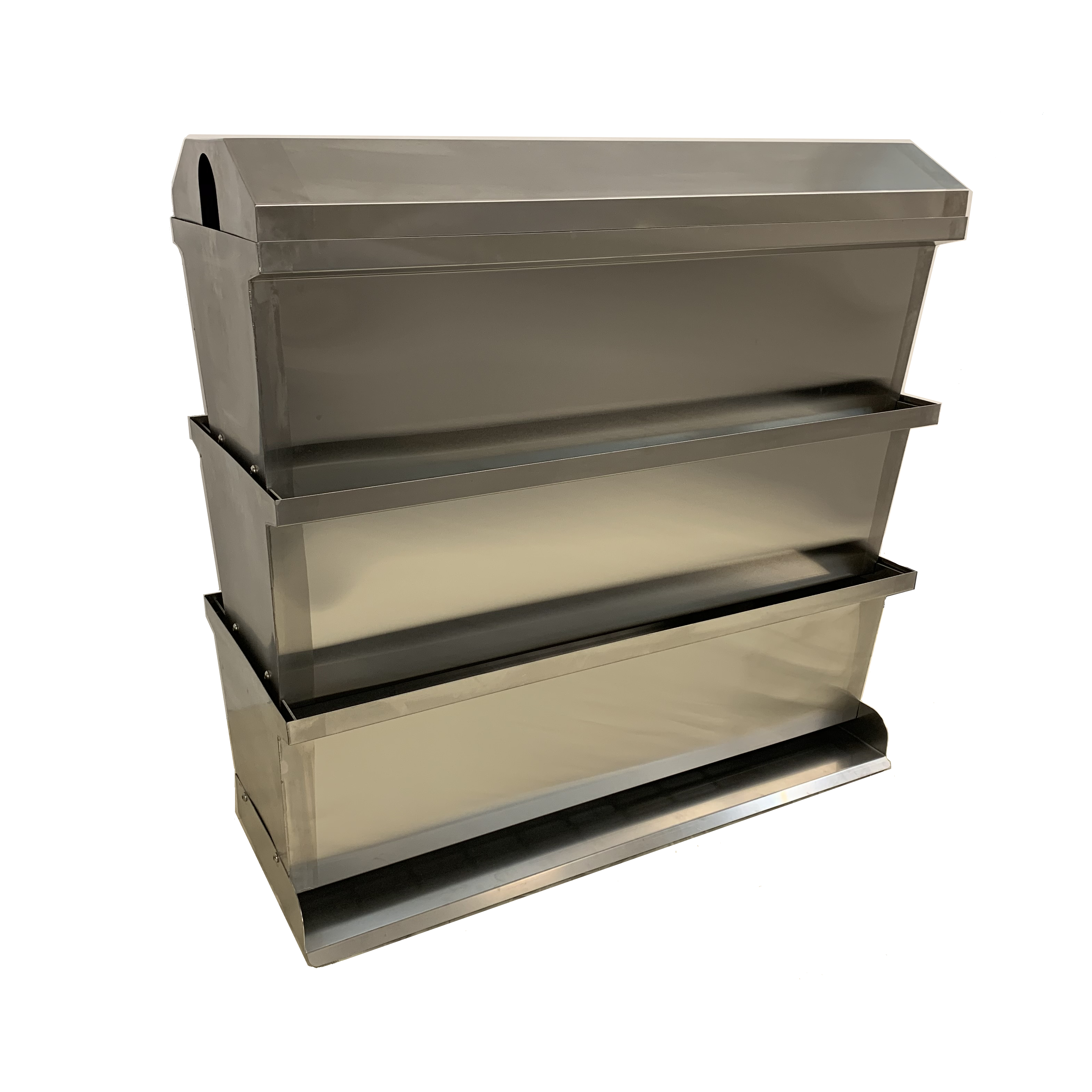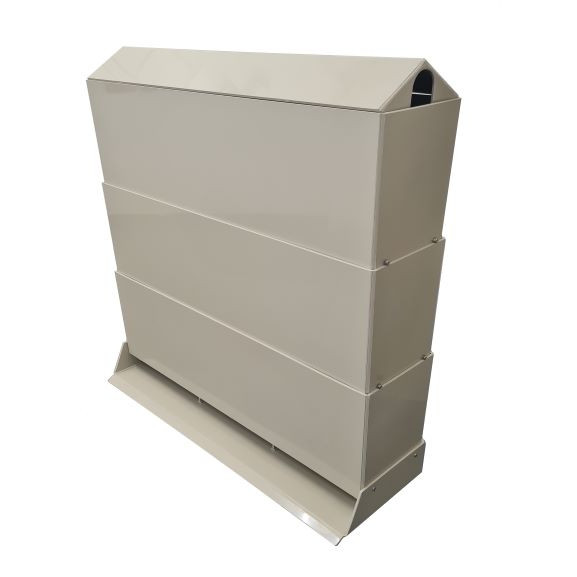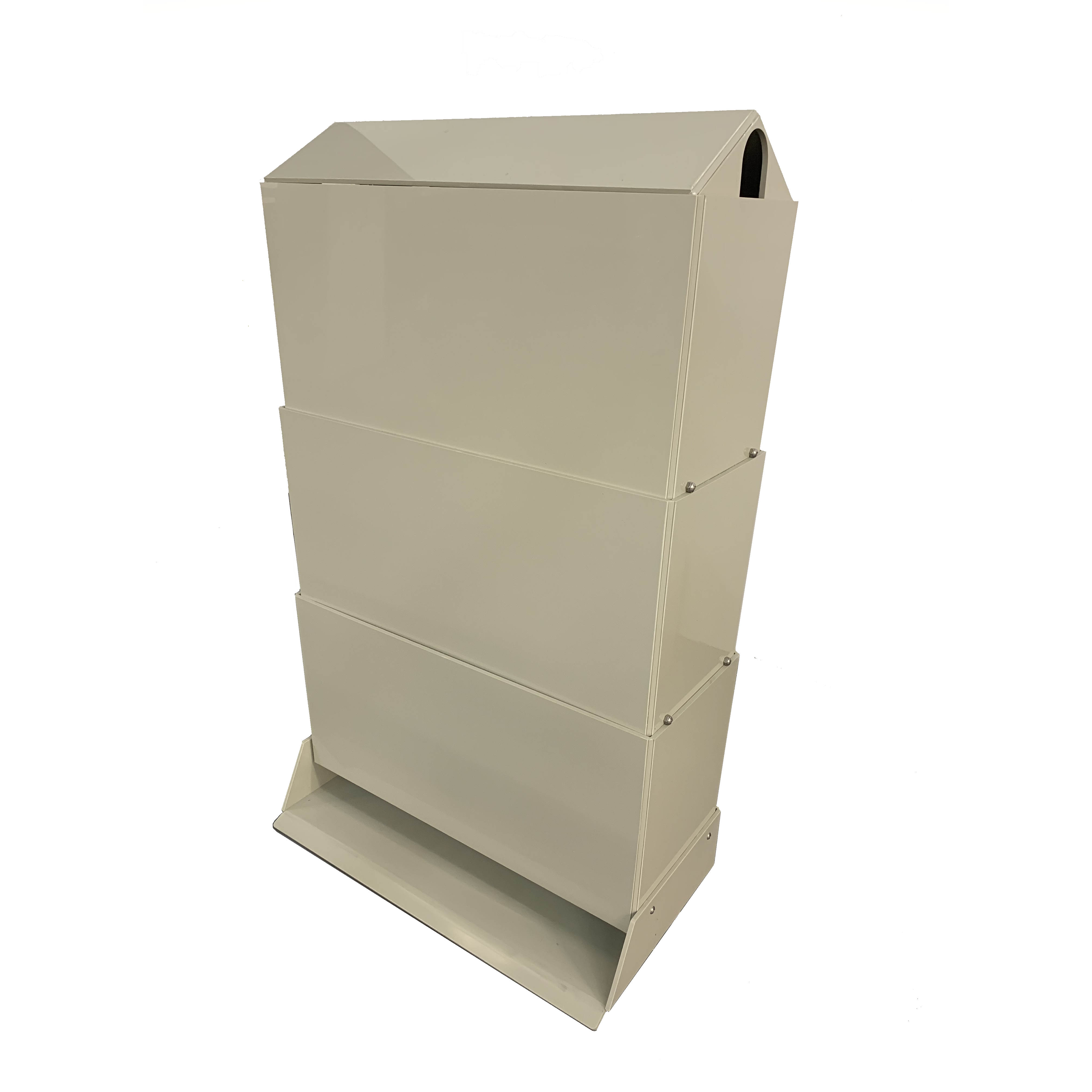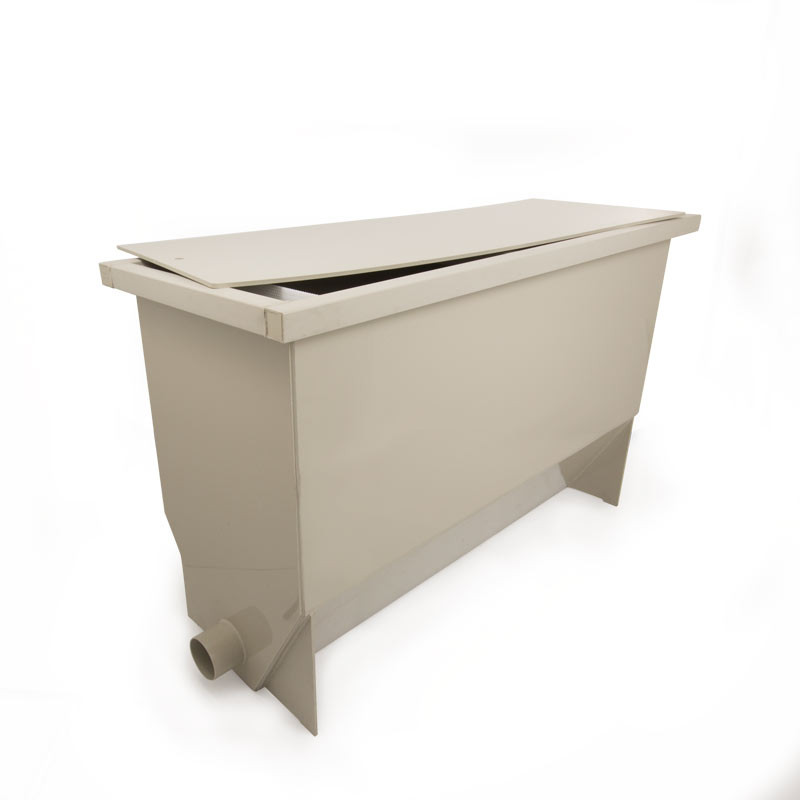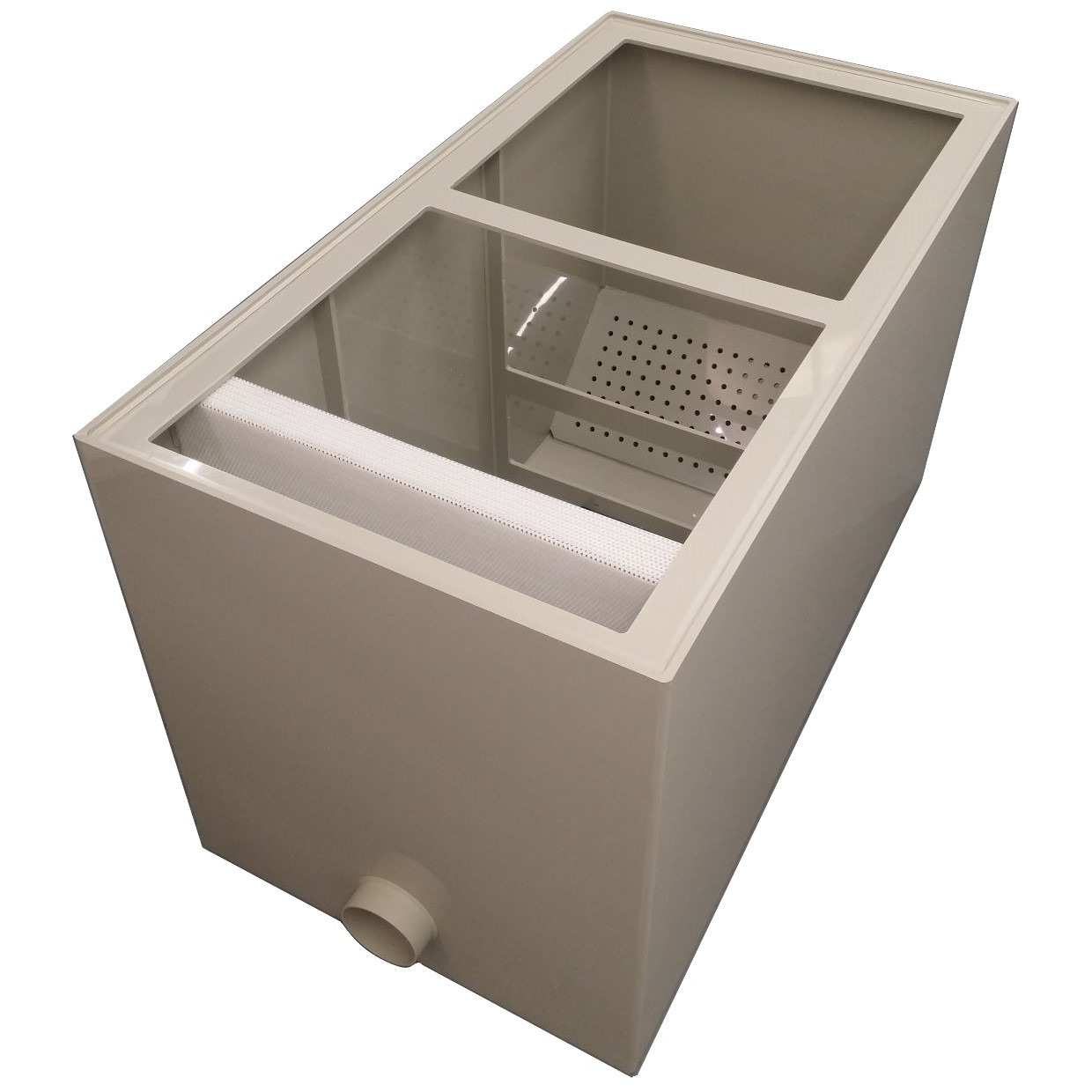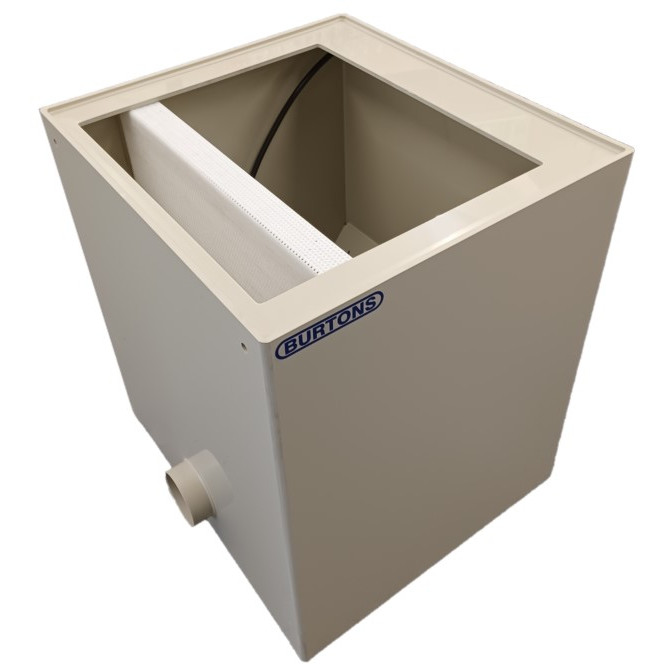Biological Filters – Frequently Asked Questions
Below, we’ve compiled a list of frequently asked questions to help you understand the importance, functionality, and benefits of biological filters for maintaining clean and healthy pond ecosystems.
1. What is a pond biological filter, and how does it work?
A pond biological filter is a filtration system designed to promote the growth of beneficial bacteria that break down harmful substances in pond water. These filters typically consist of biological media, such as bio-balls, ceramic rings, or sponge pads, where beneficial bacteria colonize and thrive. As water passes through the filter, these bacteria metabolize organic waste, ammonia, and other pollutants, resulting in cleaner and healthier pond water.
2. Why are pond biological filters essential for pond maintenance?
Biological filters are essential for pond maintenance because they play a crucial role in maintaining optimal water quality and a balanced pond ecosystem. By breaking down organic waste and harmful substances, biological filters help reduce nutrient levels, control algae growth, and create a healthy environment for fish, plants, and other pond inhabitants.
3. What are the benefits of using a pond biological filter?
- Effective Waste Breakdown: Biological filters promote the growth of beneficial bacteria that break down organic waste, ammonia, nitrites, and other harmful substances in pond water.
- Nutrient Reduction: By removing excess nutrients from the water, biological filters help control algae growth and prevent water quality issues such as green water and algae blooms.
- Stable Water Parameters: Biological filtration helps maintain stable water parameters, such as pH and oxygen levels, creating a more hospitable environment for fish and other pond inhabitants.
- Long-Term Filtration: Once established, biological filters provide continuous filtration and water purification, contributing to the long-term health and stability of the pond ecosystem.
4. What types of pond biological filters are available?
There are several types of pond biological filters available, including:
- Submerged Filters: These filters are installed underwater and contain biological media where beneficial bacteria colonize.
- Bio Chambers: External filters are placed outside the pond and connected to a pump or water source, allowing water to pass through biological media for filtration.
- Bakki Showers: Bakki Showers are waterfall-style filters that incorporate biological media into the cascading water flow, providing both filtration and aesthetic appeal.
5. How do I choose the right pond biological filter for my pond?
When selecting a pond biological filter, consider factors such as the size and volume of your pond, the number of fish, and the desired filtration capacity. Choose a filter that is appropriately sized for your pond and capable of handling the filtration needs of your specific pond ecosystem.
6. Can pond biological filters be used in conjunction with other pond filtration systems?
Yes, pond biological filters can be used in conjunction with other pond filtration systems, such as mechanical filters, UV clarifiers, and skimmers, to create a comprehensive pond filtration system. Properly combining these systems helps address multiple pond issues and ensures thorough water filtration and purification.
7. How do I install and maintain a pond biological filter?
Installation of a pond biological filter typically involves placing the filter in the pond or in a designated filtration chamber, connecting it to a pump or water source, and ensuring proper alignment and operation. Regular maintenance includes cleaning or replacing biological media, inspecting for debris or blockages, and monitoring filter performance to ensure optimal filtration.
8. Are pond biological filters suitable for both small and large ponds?
Yes, pond biological filters are suitable for both small and large ponds, as they are available in a range of sizes and capacities to accommodate different pond sizes and volumes. Whether you have a small garden pond or a large-scale water feature, there is a biological filter available to meet your specific filtration needs.
9. Can pond biological filters be used for both freshwater and koi ponds?
Absolutely! Pond biological filters are versatile and can be used for both freshwater and koi ponds. They provide effective filtration and water purification for various types of ponds, helping to maintain optimal water quality and a healthy pond environment for fish, plants, and other aquatic life.
If you have any further questions or require assistance in selecting the right filter for your pond, don’t hesitate to reach out to our knowledgeable team. Enjoy a cleaner and healthier pond ecosystem with the help of biological filters!






